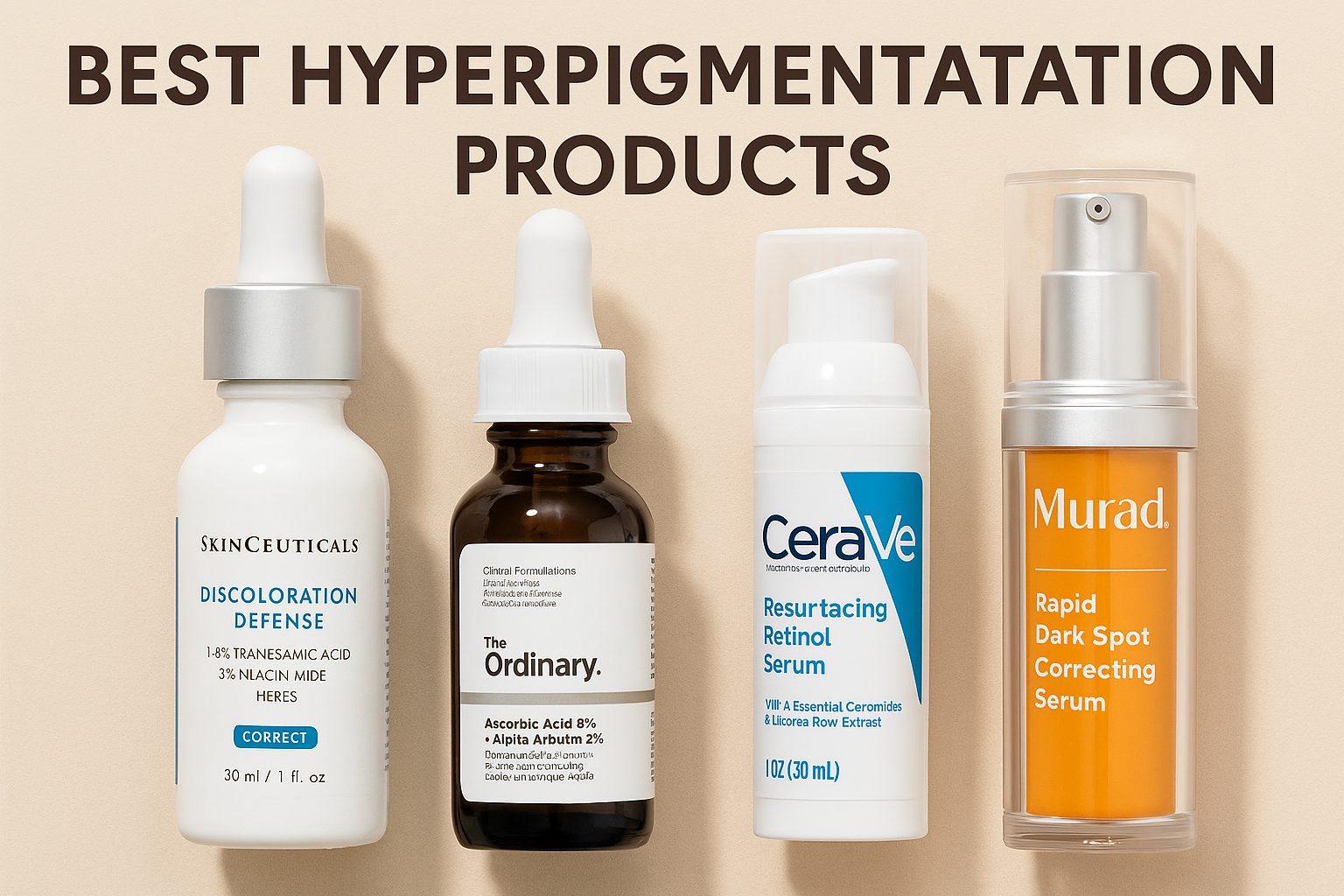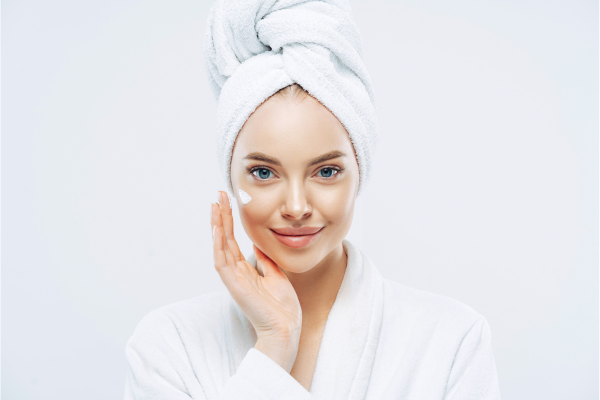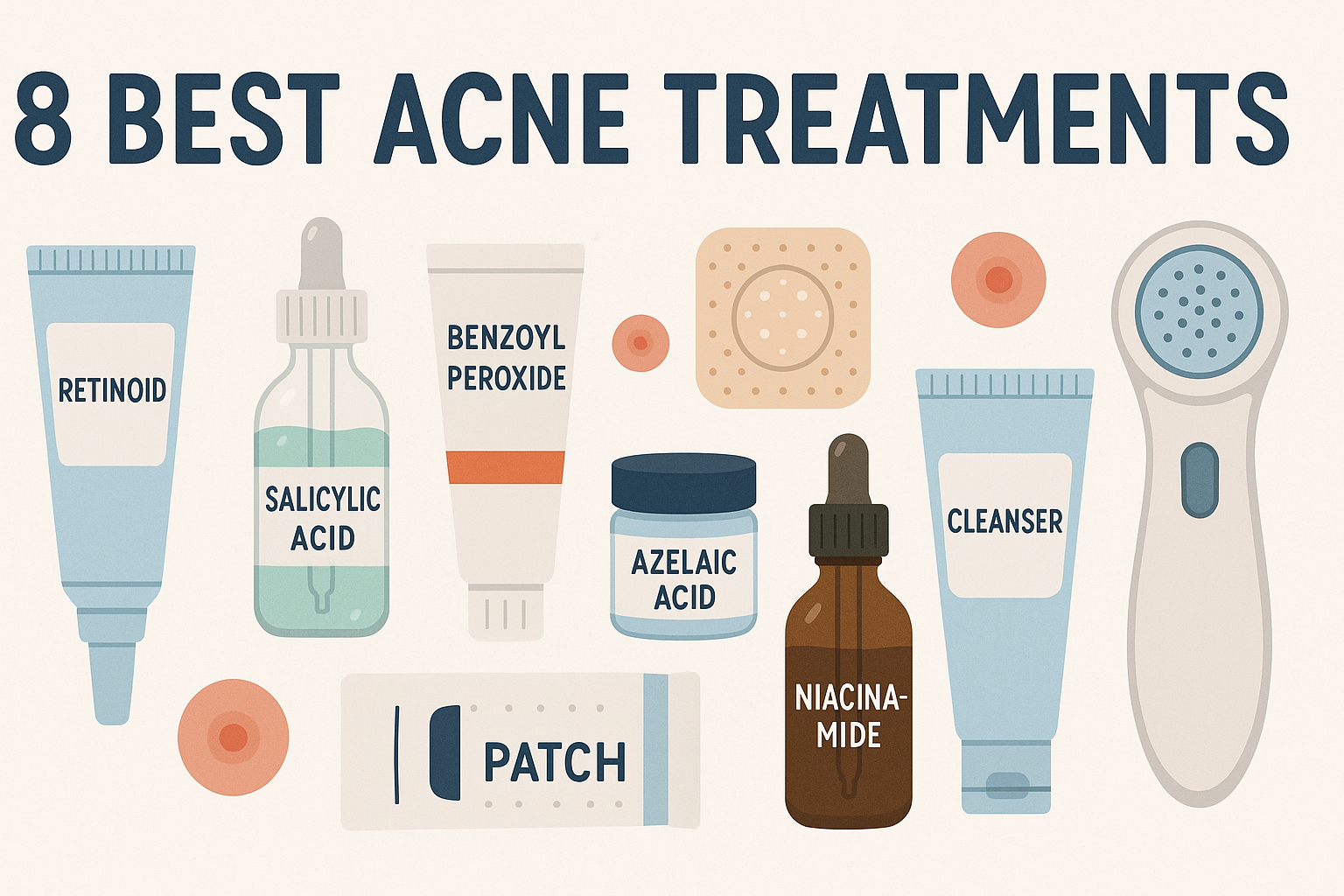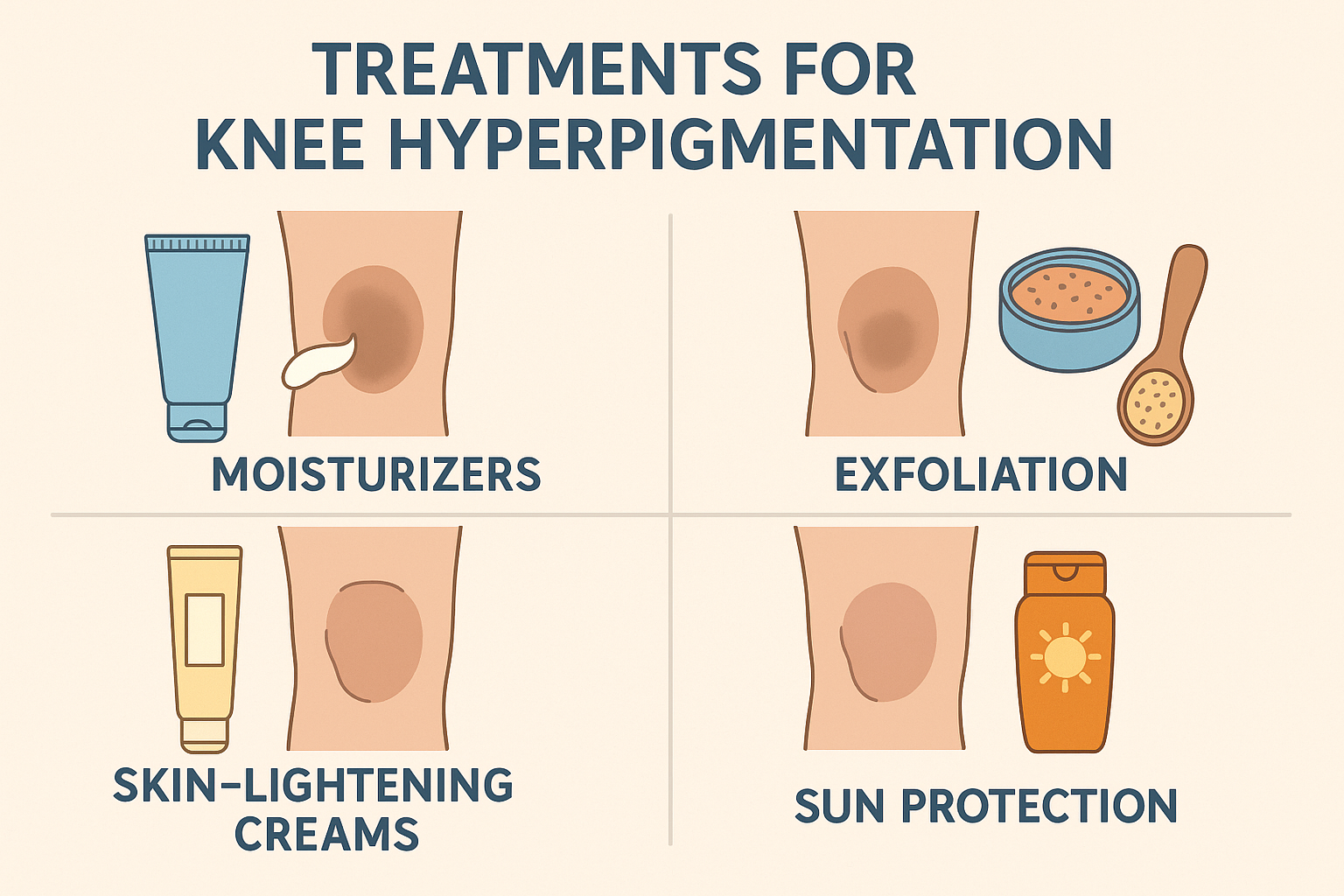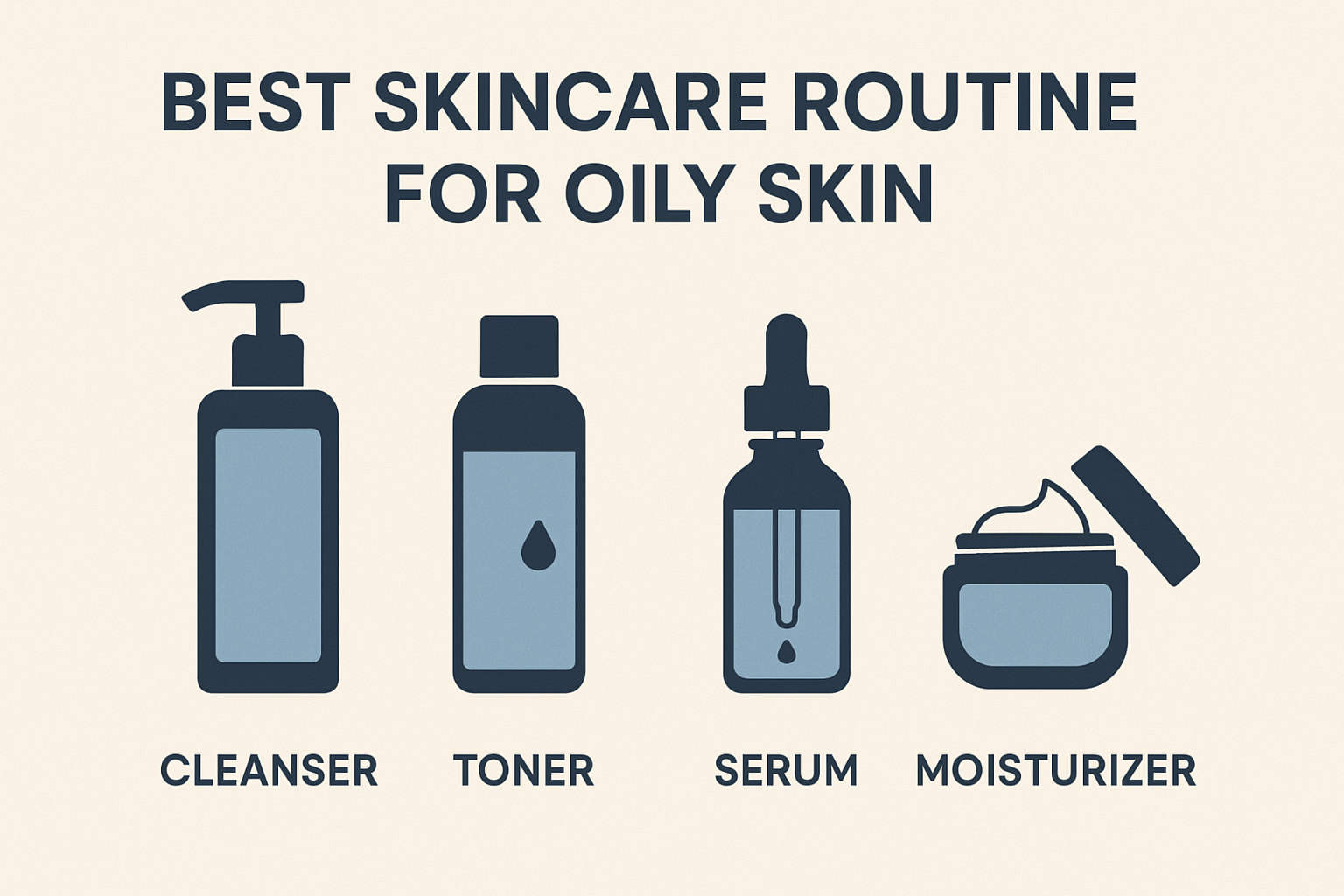Can You Safely Dry Brush Your Face? What Dermatologists Say

Dry brushing is making a comeback in modern skincare, praised for its ability to make skin appear smoother, brighter, and naturally glowing. The method involves brushing the skin with a dry, natural-bristle brush to boost circulation and remove dead skin cells. Rooted in ancient Ayurvedic rituals, it’s been used for centuries to detoxify and rejuvenate the body.
But when it comes to the face, things get tricky. Facial skin is thinner and far more delicate, so not all body care techniques translate safely. While some enthusiasts swear by its refreshing effect, dermatologists warn that it may do more harm than good if done incorrectly.
According to Dr. Teresa Song and Dr. Ranella Hirsch, dry brushing can stimulate blood flow and gentle exfoliation—but only with extreme care. Used improperly, it can strip the skin barrier, leading to redness and irritation. Before you grab a facial brush, here’s what experts want you to know about whether this trendy ritual truly belongs in your skincare routine.
What Exactly Is Dry Brushing?
Dry brushing is an ancient Ayurvedic exfoliation method that uses a dry, natural-bristle brush to gently sweep away dead skin cells and encourage better blood flow. This technique is thought to support lymphatic drainage and promote smoother, healthier-looking skin.
According to dermatologist Dr. Teresa Song, MD, dry brushing offers a gentler form of physical exfoliation than scrubs made with coarse particles. It’s popular among those seeking a natural way to achieve radiant skin without harsh abrasion.
Still, it’s not for everyone. People with sensitive or easily irritated skin should proceed cautiously—or avoid it altogether. Dr. Ranella Hirsch, MD, warns that the most common mistake is brushing too hard or too often, which can lead to irritation, dryness, and damage to the skin’s protective barrier. The key to reaping benefits lies in being gentle and consistent, not aggressive.
Can You Dry Brush Your Face?
Technically, yes—but most dermatologists say you probably shouldn’t. Dr. Ranella Hirsch, MD, explains that while dry brushing can exfoliate, it’s rarely the best choice for facial skin. “There are safer and more effective exfoliants, like chemical or enzyme-based ones, that deliver smoother results with less irritation,” she says.
Similarly, Dr. Teresa Song, MD, notes that techniques like gua sha or jade rolling are better alternatives for promoting circulation and lymphatic flow on the face. Facial skin is thinner and more sensitive, meaning it’s more prone to redness or micro-tears from excessive friction.
Even when done gently, overdoing facial dry brushing can disrupt the skin barrier, leading to inflammation and dehydration. While it may offer a brief glow, dermatologists agree that the potential risks outweigh the minimal rewards—especially for sensitive or acne-prone skin.
Potential Benefits of Dry Brushing Your Face
When performed carefully, facial dry brushing can offer a few potential benefits—though dermatologists stress that results vary.
- Boosts blood circulation – Light brushing motions can help improve blood flow, giving the skin a temporary, healthy glow, says Dr. Ranella Hirsch, MD.
- Gentle exfoliation – As a mild physical exfoliant, dry brushing helps lift away dull surface cells, revealing smoother texture when done sparingly.
- Supports lymphatic drainage – According to Dr. Teresa Song, MD, upward and outward strokes may help reduce puffiness and support the skin’s natural detox process.
However, dermatologists caution that these effects are subtle and easily overshadowed by the risk of irritation if you’re not careful. Always use the softest brush you can find, apply minimal pressure, and limit sessions to once or twice a week at most.
The Real Risks of Facial Dry Brushing
Despite its supposed glow-enhancing benefits, dry brushing the face comes with serious downsides if not done properly. Because facial skin is thinner and more sensitive than the body’s, even mild overbrushing can lead to inflammation or barrier damage.
Dr. Teresa Song, MD, warns that applying too much pressure can create microtears, weaken the protective barrier, and cause redness, stinging, or breakouts. Once that barrier is compromised, your skin becomes more vulnerable to pollution, dryness, and infection.
Dr. Ranella Hirsch, MD, adds that this is why most dermatologists avoid recommending facial dry brushing altogether. There are gentler, scientifically backed options—like chemical exfoliants with AHAs or BHAs—that deliver better, safer results. For most people, skipping the brush and choosing dermatologist-approved exfoliation is the smarter, skin-friendly choice.
How to Dry Brush Your Face (Safely and Correctly)
If you still want to try dry brushing your face, dermatologists stress one rule: be extremely gentle. Dr. Ranella Hirsch, MD, recommends learning proper technique from an experienced Ayurvedic practitioner first. Incorrect pressure or strokes can easily lead to irritation.
Here’s how to do it safely at home:
- Choose a soft, clean facial brush with ultra-fine bristles designed for sensitive skin.
- Cleanse your face using a mild, hydrating cleanser, then pat dry—don’t rub.
- Brush lightly in upward and outward motions, following your face’s natural contours. Avoid the eye area and never go over the same spot twice.
- Rinse with lukewarm water, pat dry again, and follow with soothing skincare.
- Apply a hydrating moisturizer or hyaluronic acid serum to restore balance.
These gentle steps minimize risk while giving your skin a subtle glow boost. If you experience redness, stop immediately. Remember, dry brushing should feel relaxing—never abrasive.
Physical vs. Chemical Exfoliation: Which Is Better for Your Skin?
Exfoliation is key to glowing, healthy-looking skin. The two main methods—physical and chemical exfoliation—remove dead skin cells differently.
According to Dr. Ranella Hirsch, MD, physical exfoliation uses tools or textured ingredients like brushes, sponges, or scrubs to manually polish the skin. Dry brushing falls into this category. While it can give instant smoothness, overdoing it may irritate or damage your skin barrier.
Meanwhile, Dr. Teresa Song, MD, explains that chemical exfoliants use ingredients such as AHAs (glycolic acid), BHAs (salicylic acid), or PHAs to dissolve the bonds between dead cells—without friction. This method is generally more even, customizable, and safer for sensitive skin.
So which is better? It depends on your skin type. Thicker, oily skin may tolerate gentle physical exfoliation, while dry or sensitive skin fares better with mild chemical options. When in doubt, start slow and consult a dermatologist before introducing any exfoliant into your skincare routine.
Safer Alternatives to Face Dry Brushing (Dermatologist-Approved)
Want smoother, glowing skin without the risks of dry brushing? Dermatologists recommend several gentler alternatives that offer similar benefits safely.
Facial massage or tools – Dr. Ranella Hirsch, MD, suggests using your fingertips, a gua sha, or jade roller to boost circulation and lymphatic flow without irritating the skin.
Gentle chemical exfoliation – According to Dr. Teresa Song, MD, products with AHAs, PHAs, or fruit enzymes from papaya and pineapple can remove dead skin cells evenly while keeping your barrier intact.
Soft cleansing aids – Tools like microfiber cloths or konjac sponges lift impurities and gently smooth skin without causing microtears.
These dermatologist-approved methods help achieve a natural radiance and healthy circulation—minus the risk of redness or over-exfoliation. For sensitive or acne-prone skin, these alternatives are the smarter, safer choice.
Who Should Avoid Face Dry Brushing (and Why)
While facial dry brushing promises brighter skin, dermatologists agree it’s not suitable for everyone. Those with sensitive, dry, or easily irritated skin are especially prone to redness and barrier damage. Even soft bristles can cause discomfort or trigger flare-ups.
Dr. Ranella Hirsch, MD, warns that friction from brushing may worsen irritation, itchiness, and inflammation. Similarly, Dr. Teresa Song, MD, advises that anyone with acne, rosacea, eczema, or active breakouts should steer clear—dry brushing can spread bacteria and aggravate inflammation.
Pregnant women may also experience heightened skin sensitivity due to hormonal changes, making this technique less ideal. In short, dry brushing is only appropriate for healthy, resilient skin that doesn’t react easily.
Final Thoughts
Facial dry brushing may sound like a quick way to achieve glowing skin, but dermatologists agree—it’s not the safest option for most people. While it can slightly boost circulation and exfoliation, the risks of irritation, redness, and barrier damage often outweigh the benefits.
Experts like Dr. Teresa Song and Dr. Ranella Hirsch recommend choosing gentler, dermatologist-approved alternatives, such as chemical exfoliants, enzyme cleansers, or facial massage tools like gua sha. These methods deliver smoother, brighter skin with less risk.
If you still wish to try dry brushing, do it sparingly, use an ultra-soft brush, and follow up with hydrating skincare. Ultimately, healthy, radiant skin comes from consistency, not harsh techniques—so treat your skin with care, and it will thank you in return.

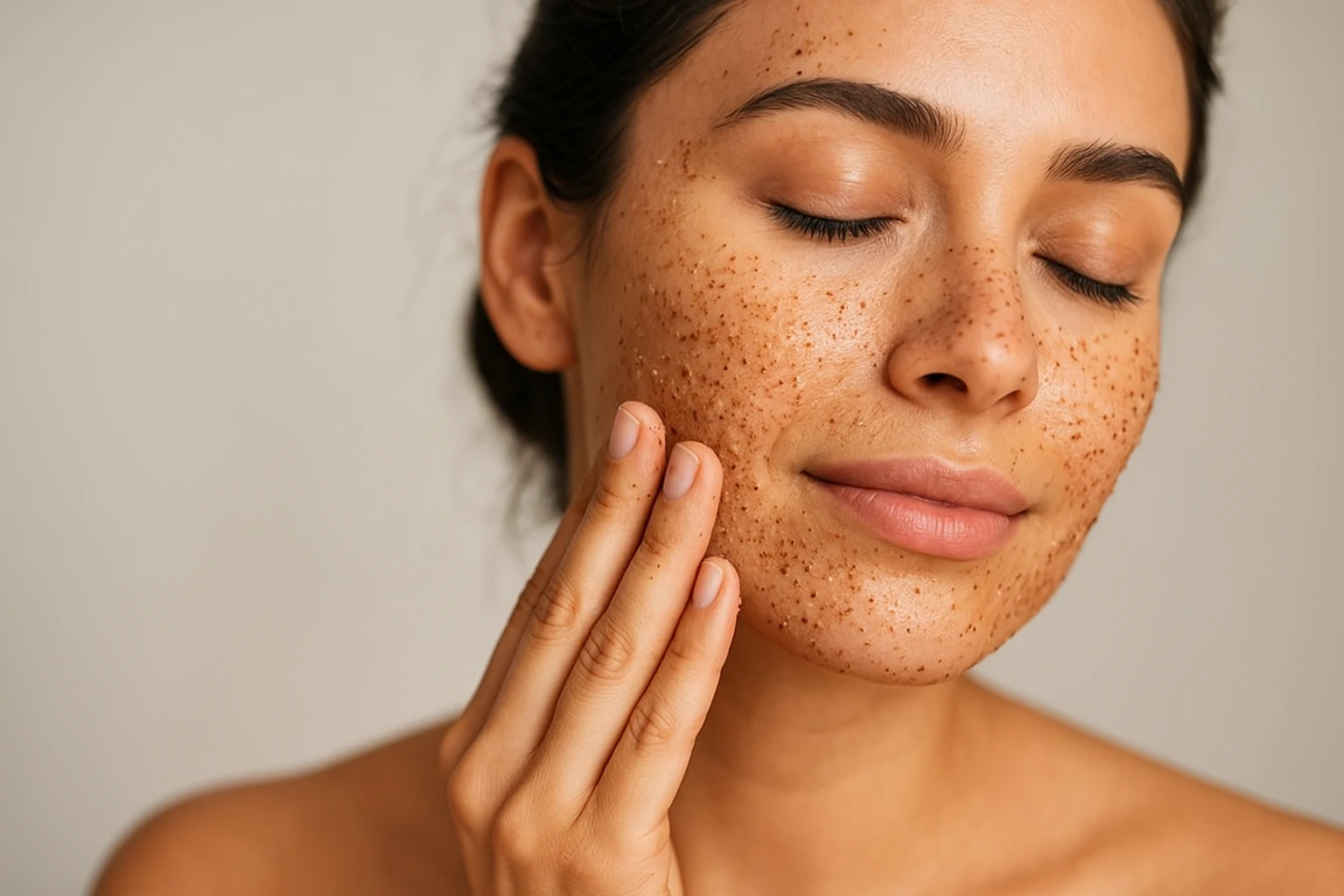
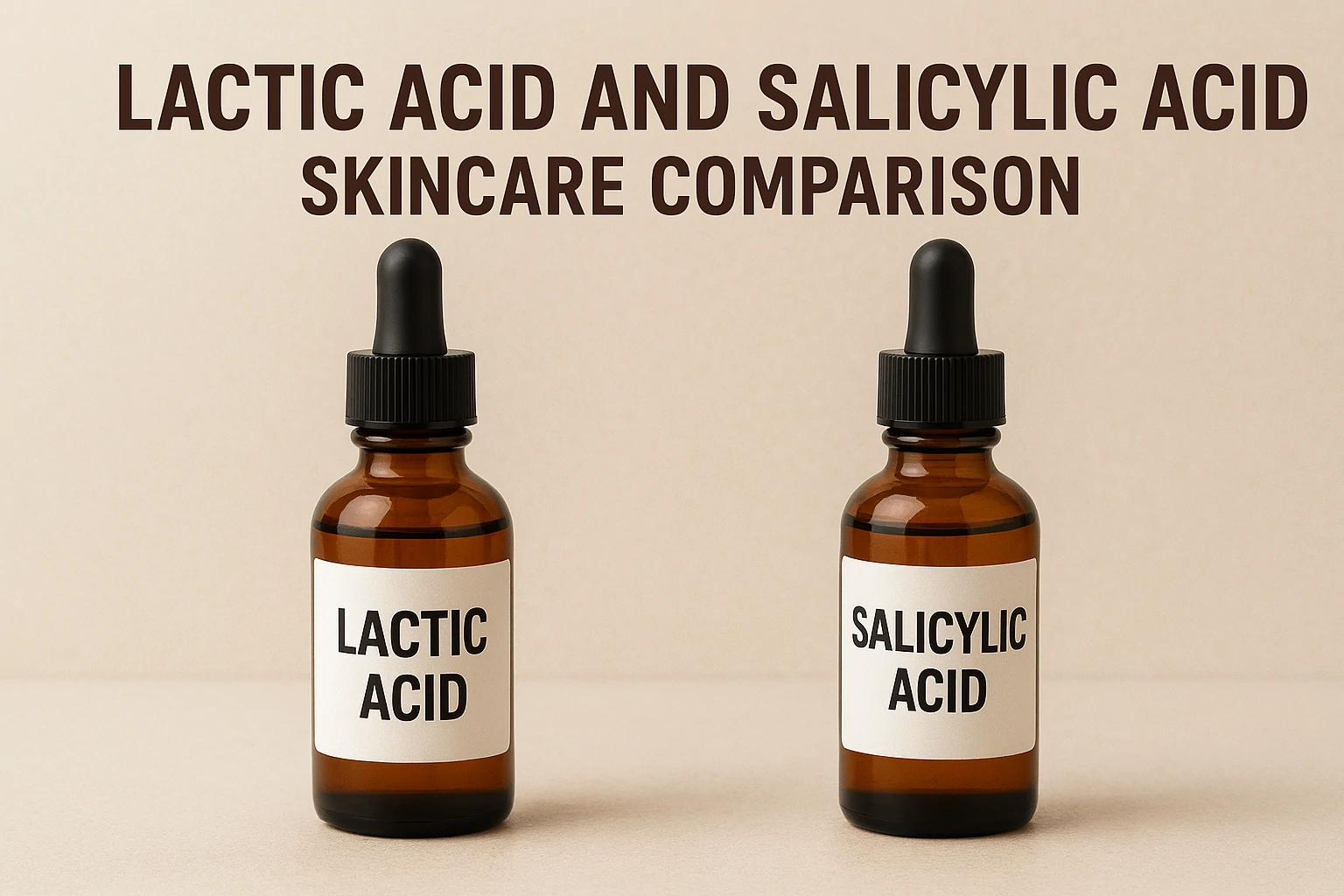

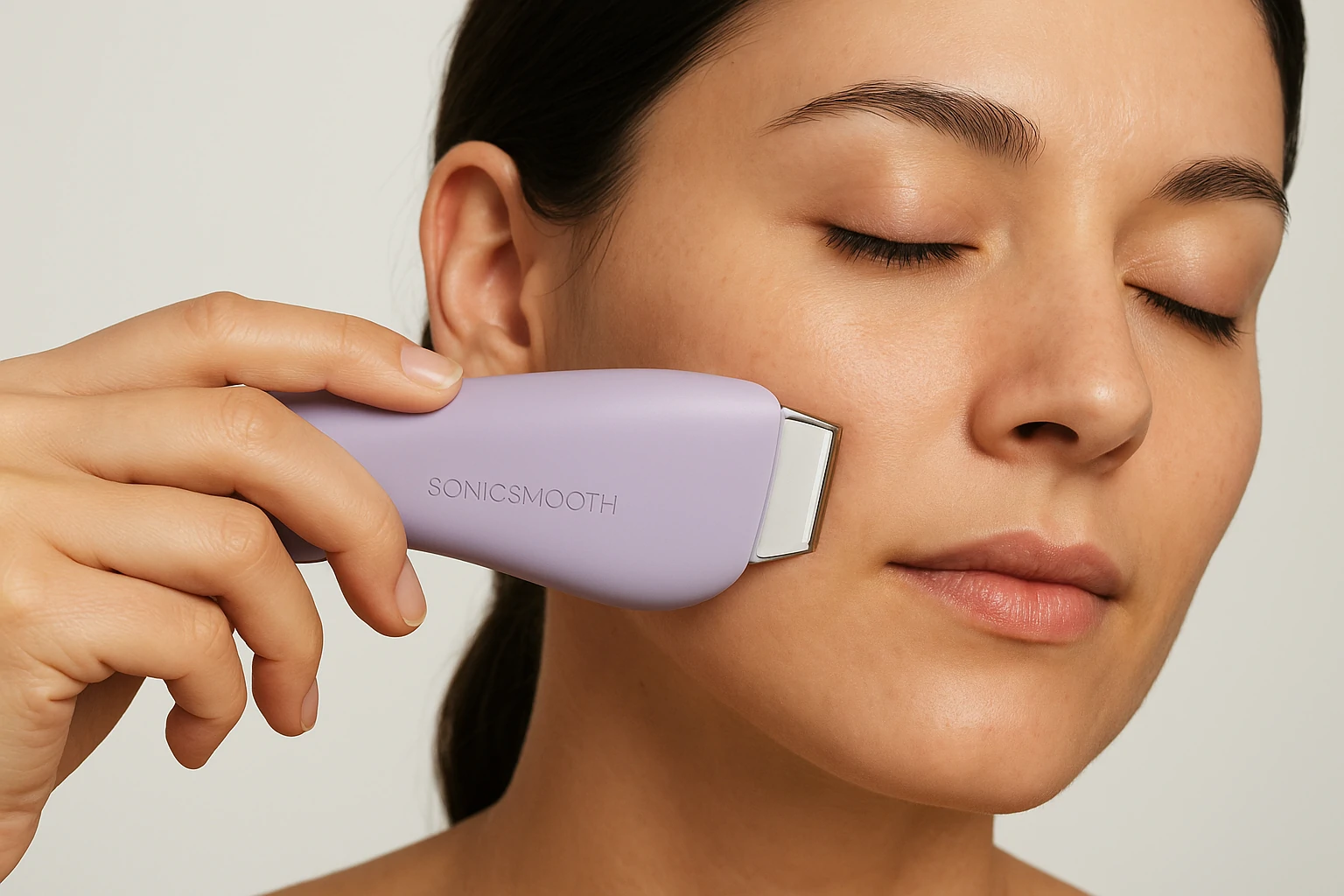
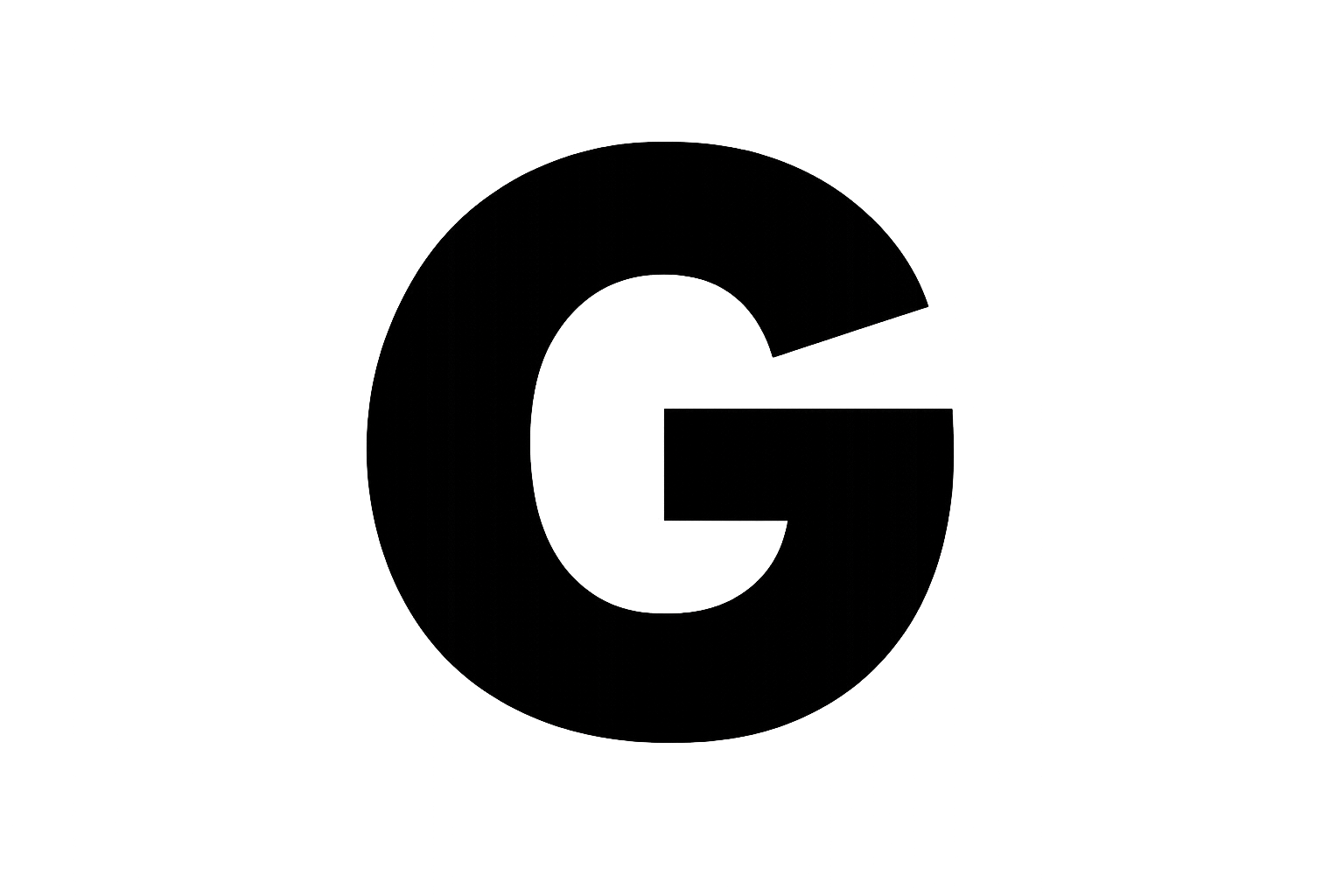 Acne
Acne Anti-Aging
Anti-Aging Business
Business Digital Marketing
Digital Marketing Economics
Economics Exfoliation
Exfoliation Movies
Movies Personal Finance
Personal Finance Websites
Websites
